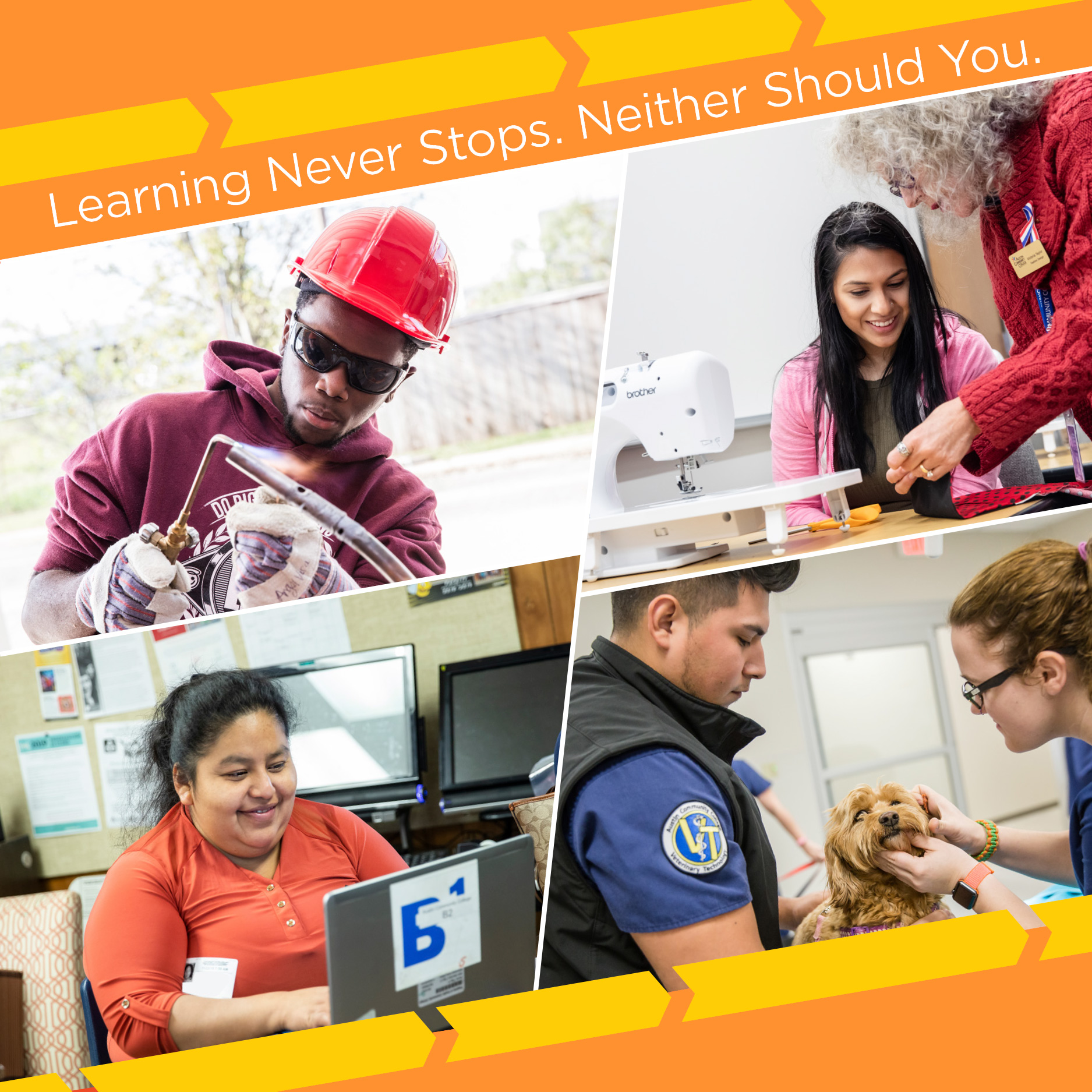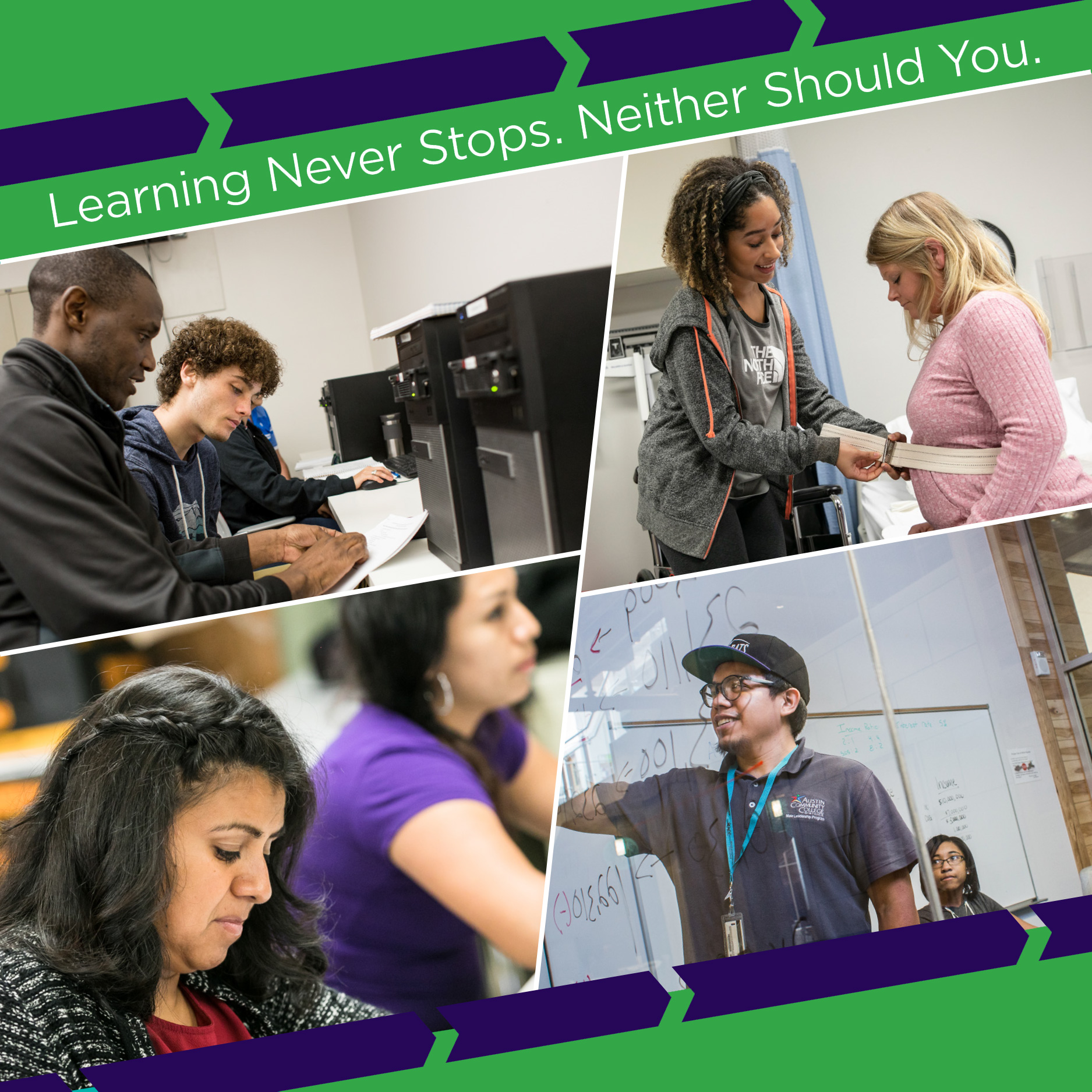Take A New Approach!
ACC's Somatic Movement Education Training Program employs a dance-based approach in teaching health and wellness pedagogies through Laban Movement Analysis, Bartenieff Fundamentals, and an introduction to Body-Mind Centering.
About the Program
This program is a one-year, 560 contact hour curriculum that includes experiential, practical, and theoretical pedagogical methods for promoting body and mind integration, movement re-education, observation and analysis of movement, embodied anatomy, hands-on physical cuing, and neuromuscular re-patterning for oneself, and their students and/or clients.


Students will focus on the following themes:
- Observe, describe, visualize, interpret, and document human movement.
- Support the re-patterning of habitual movement choices for restoration, wellness, and self-care.
- Explore approaches to movement education and group/community activities, dance, theater, and yoga.
- Understanding of embodied anatomy to guide others through somatic mindfulness experiences.
- Define ethical practices for working with diverse participant populations.
- Practice body, mind, and environmental relationships employing verbal and non-verbal strategies.
The Somatic Movement Education Training program consists of six (6) required course sections, taken in the following order, which must be completed with a "C" or better:
- SMED-1071 Introduction to Laban Movement Analysis
- SMED-1072 Introduction to Bartenieff Fundamentals
- SMED-1073 Dance for Special Populations
- SMED-1074 Advanced Laban Movement Analysis
- SMED-1075 Advanced Somatic Movement Education
- SMED-1076 Applied Somatic Movement Education
After successful completion of the required courses, Somatic Movement Educator Training students must also:
- Choose the "Fast Track" on the ISMETA website.
- Complete the required 150 hours of professional practice within two years.
Upon completion, awardees will be prepared to enter the workforce by starting wellness-based private practices; supplementing their existing dance, movement, or fitness disciplines; or, by becoming employees of mental health clinics, rehabilitation centers, nursing homes, hospitals, or other environments serving vulnerable populations.
This coursework fulfills the requirements to become a Registered Somatic Movement Educator through ISMETA's Fast Track Application.
Register for Courses
Follow this tutorial to select courses, build your schedule, and register for CE courses.



